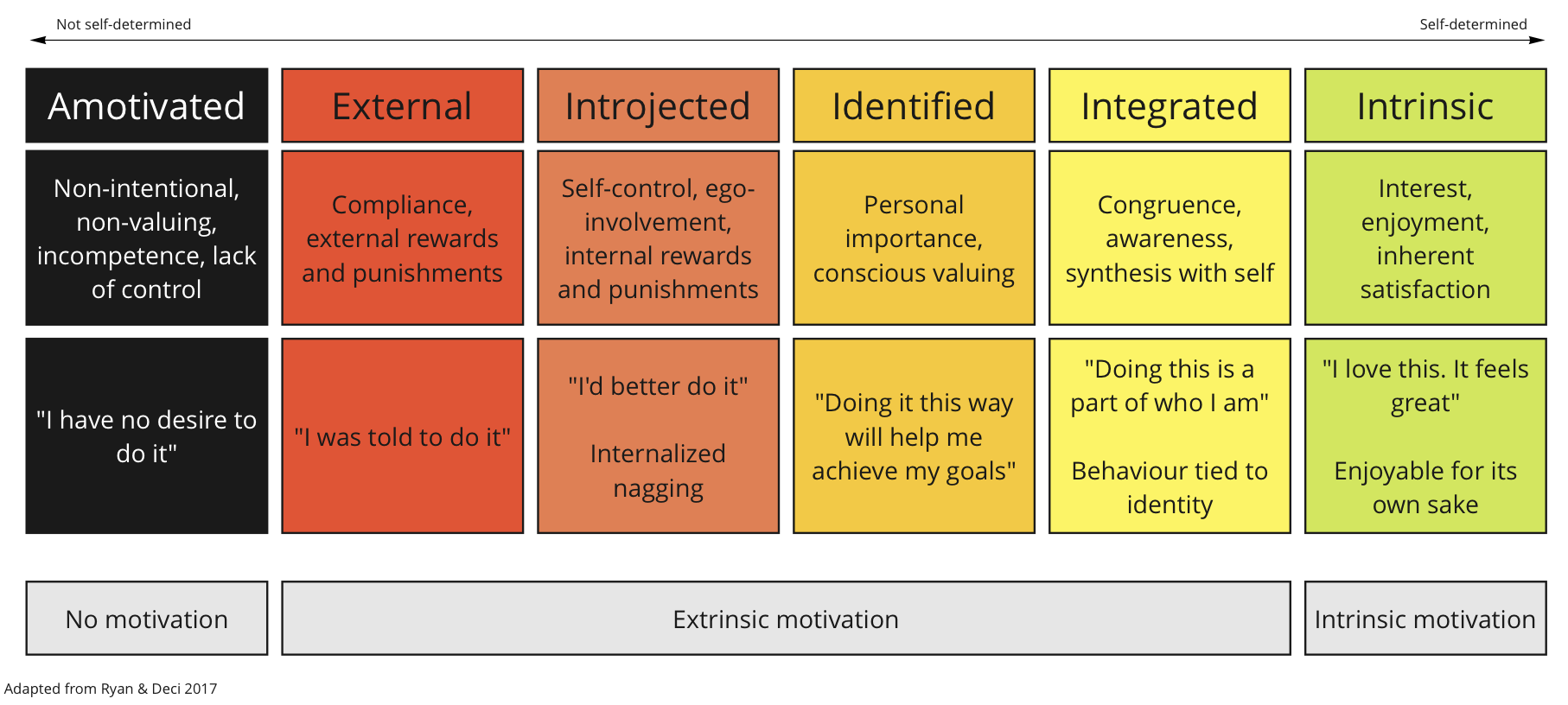Continuous improvement is a process of constantly seeking out ways to improve and optimize performance, processes, and overall organizational success. An agile environment hinges on this notion of continuous improvement. We don’t expect to be perfect today but we do expect to be improving over time.
Yet, we often see that teams stagnate rather than keep improving, even when we all agree that this improvement is critical. Let’s look at some of the pre-requisites to getting that improvement to understand why it might sometimes not happen.
- Motivation - We must desire improvement and be willing to take action on it.
- Growth Mindset - We must believe that improvement is possible
- Safe to fail - We must believe that we won’t be punished if it doesn’t work.
- Autonomy - We must believe we are allowed to try something different, whether that is explicit permission up front or a willingness to ask forgiveness afterwards.
Having these things won’t guarantee success but not having them will surely prevent it.
Note also that each of these is a belief. This isn’t something that we can necessarily address by reading a book or taking a class. Those might help move us in the right direction but are not guaranteed.
Motivation
Self-Determination Theory (SDT) posits that individuals are more motivated when they feel that their actions align with their personal values and goals. Specifically, the Organismic Integration Theory within SDT details six levels of motivation from completely unmotivated on the far left to completely self-motivated on the far right. Improvement can happen anywhere along this spectrum, although it will be far more effective the further to the right we are.

Growth Mindset
The notion of Growth vs Fixed mindsets are based on the work of Dr Carol Dweck, who studied how kids learn. A Growth mindset is the belief that one’s abilities can be developed through effort. The opposite, a Fixed mindset, is the belief that we already have all the ability that we’re going to get and we’re now playing a game of scarcity - making best use of what we already have but not being able to get more.
A fixed mindset is a significant limitation when considering improvement. There is a real and tangible limit to the amount of improvement we can achieve. A growth mindset, however, gives us all kinds of room for improvement.
If we want to see continuous improvement then we need to foster that growth mindset everywhere.
Safe to Fail
As we try new things in order to improve, inevitably some of those will fail. If the tolerance for failure is low then we’ll be more cautious and that in turn will limit the amount of improvement we can achieve. If we have some room for failure then we can be more aggressive in our attempts.
This isn’t to say that we want to make big aggressive changes. We generally want many smaller improvements rather than one big one. The safety that we feel around failure will still have a big impact on the possible results we can get. In an environment where we can’t fail, we won’t try to improve. In an environment where it’s safe to fail, we can make some amazing improvements.
There are multiple aspects to this.
- We must feel psychologically safe. This is the belief that one can speak up and share our ideas without fear of negative repercussions. See here for the neuroscience behind this.
- We must have sufficient time, resources, money to continue the experiment. If a change would open the company to unacceptable risk or cost then failure is no longer a safe thing to do.
Autonomy
Autonomy, or the ability to make one’s own decisions, is important for allowing individuals to take ownership of their own improvement and progress.
Autonomy is a key piece of both motivation and psychological safety. It’s importance can’t be understated.
- Motivation: Self-Determination Theory calls out Autonomy, Competence and Relatedness as being the three key psychological needs that we all have.
- Psychological Safety: The Academy of Brain Based Leadership identifies six key components of psychological safety, all of which must be present in some quantity. These six spell out SAFETY - Security, Autonomy, Fairness, Esteem, Trust, and You.
Conclusion
The items identified here are those that are required if we want to do continuous delivery at all. If we want to do it well then we’ll have to also layer in skills, and structure, and the ability to find our own blindspots. This is the starting point only.

